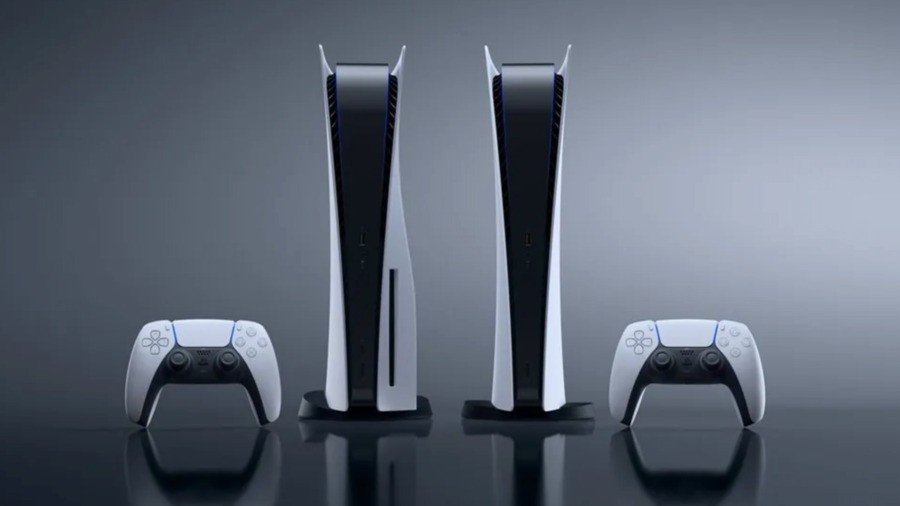PlayStation 5 Shortage Finally Coming To An End?
Sony is confident that anyone looking to buy a PlayStation 5 in 2023 can easily find one.

Akin to thirsty men wandering the desert chasing after a mirage of a water-filled oasis, so did the fans of the elusive PlayStation 5 exhausted themselves chasing after their favorite console, which was scarcely available on the global market due to semiconductor shortages. Luckily, those shortages seem to have passed, and Sony is confident that anyone looking for a PS5 in 2023 should be able to get their hands on one.
According to Kotaku, Sony Interactive Entertainment President Jim Ryan stated that PlayStation consoles should become more readily available on the global market, signaling the possible end of the global shortage. December last year was the biggest sales month for PlayStation 5 since the console launched, and Sony has sold more than 30 million units to consumers worldwide—a number that pales in comparison to PlayStation 4’s sales of over 117 million units. Admittedly, the situation regarding sales is now marginally better compared to the start of 2020.
Sony seems confident that the semiconductor shortage, which had previously hindered the production of new PlayStation 5 consoles, is now over. This means that we’re likely to see more consoles on the shelves at various retailers, but it also means that the consoles’ inflated price is likely to go down. To be honest, Sony couldn’t have chosen a worse time to launch its product, considering that the console’s release date coincided with Covid-19 lockdowns in full effect, hindering not only sales but supply chains as well.
With lockdowns in full effect, the world suddenly found itself in a shortage of semiconductive components and materials. These materials, derived from the second most abundant element in the Earth’s crust, are used in chip manufacturing across all industries whose products require processing power. Of course, this affected consoles like the Playstation 5 and PC hardware manufacturers, which relied on chips to make their products work. And without any chips being produced, Sony had to rely on dwindling supplies and PlayStation 4 (which uses considerably fewer semiconductive components) to make a profit.
Microsoft, on the other hand, made a smarter move, and pulled the plug on Xbox One, reduced the production of its flagship Xbox Series X, and upped the production of a more budget-friendly version of Xbox, the Xbox Series S. This was, indeed, a smart move, as the smaller console requires approximately 50 percent less semiconductive components than its bigger and more powerful cousin. This allowed Xbox to gain on PlayStation 5 in sales and even beat Sony in sales in its domestic market.

In our previous report, we discussed how semiconductor shortages would likely continue in 2023, causing subsequent shortages of PlayStation 5 and Xbox Series X/S consoles. But the truth is that the scarcity of semiconductive elements will likely last until next year, despite Sony’s increased sales and accessibility. The hardware industry is still struggling to get enough semiconductors to fill in the demand. However, the situation is improving, which is evident in the pricing of PC components—the prices of GPUs are finally dropping down to reasonable levels, partially due to the recovering market and partially thanks to anti-mining hardware implementations.












